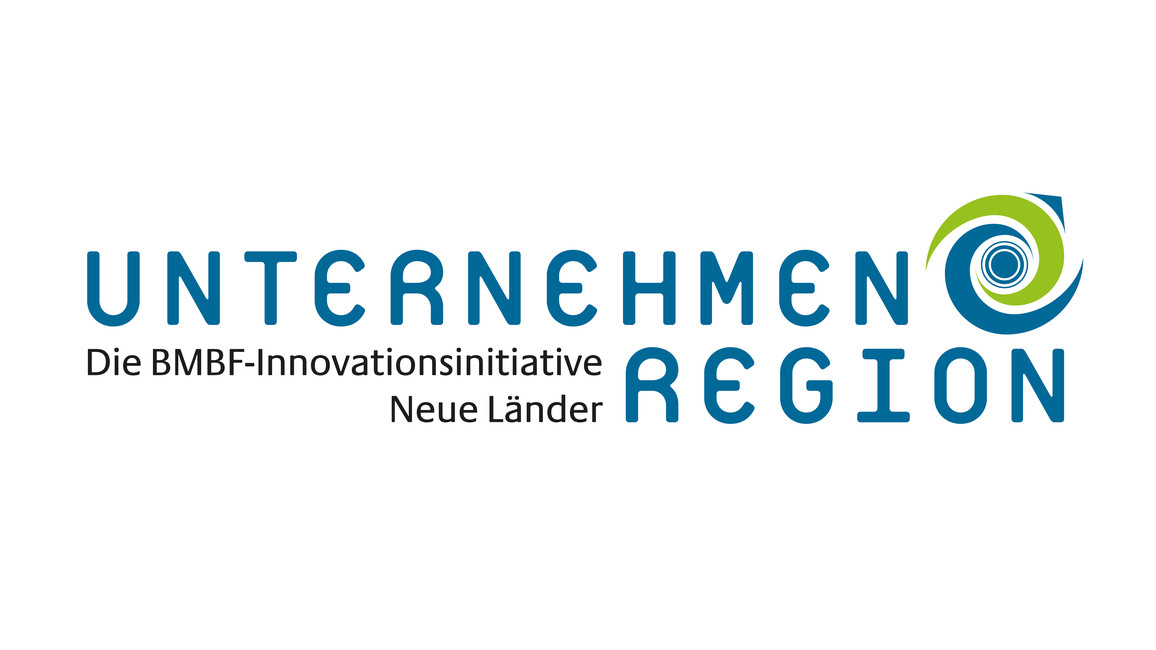
As deputy of the Competence Center for Semantic Data Management at the Institute for Applied Informatics (InfAI) e.V. as well as scientific coordinator of the Linked Enterprise Data Services (LEDS) project, Michael Martin is involved in the future of semantic technologies all around the clock. According to his own statement, he sees his work more linked to the small daily steps in a world of growing data than the large utopias of a digital future. Therefore - first things first - his daily work focuses on technology which allows us to query, analyze and convert stock data into easily processible representation formats or which enables us to acquire new, not yet digitalized knowledge modules. Admittedly, Star Trek is still in the far future here.
That’s why Michael Martin rather reads the daily news than Science Fiction books. He points out that “futuristic movies and books tend to be rather dark and apocalyptic or describe societies which are heavily dependent on technologies. I just hope that neither of this will become reality“.
And he is quite right about it. So, Michael Martin, what does your future of semantic technologies looks like then?
With the development of semantic technologies in mind, where will we stay with artificial intelligence in about 10 years?
Actually, artificial intelligence (AI) is no topic we actively address. In our scientific field it’s about semantically enhancing existing data sets, i.e. to add information about structure and meaning to those sets. Since the semantic of data can also be identified through context, it’s useful to link data with other data. If the linked data is organized in a decentralized way (nor physically or virtually managed at one particular location), we get a decentralized network of information. The architecture of this global, decentralized information network is based on the RDF paradigm and is known as the Linked Open Data Cloud (LOD cloud). It’s been around for quite some time now and has been strongly advanced over the last ten years. RDF itself is the acronym for Resource Description Format and is a special format to represent data. This format allows to represent the data itself as well as its semantics is represented at once, and to publish the formatted and linked data in the web.
Organizations which address the topic artificial intelligence can use this information network to feed their algorithms with information (i.e. the data AND its meaning). A good example is IBM’s Watson project.
If we assume, that technological, enterprise, scientific as well as administrative organizations all over the world feed the LOD cloud with new information over the next 10 years, I think some exciting new knowledge could be gained from AI algorithms using this information.
How will our daily life will have changed?
I think there are quite a few different aspects of utilization of the LOD cloud. On the one hand, the LOD cloud contains facts from different domains and languages, which are free to use and which e.g. companies could use to enrich their own datasets with “foreign“ knowledge fragments. If companies reuse this public information, new business concepts could evolve or the existing could change. For example, it could be possible to extract structured information about a particular product from the LOD cloud and reuse it in different shapes and formats in online shops. On the other hand, organizations could provide their own data to the LOD cloud to present their own products and services in a structured way and to make it easier to find them in the web.
Similar example can be found for municipal or state authorities. Data which is represented and published in a semantic way will optimize and control administrative processes and its linked communication structures. Even the communication between citizens and the authorities (A2C, C2A) or businesses and the authorities (B2A, A2B) could profit from it. Of course those enhancements need to be made transparent in our daily life. We can already see at least small optimizations in the communication with authorities (in Germany). Just think about the online appointment making, the digital online tax declaration by signature or the possibility to fill out and send administrative forms digitally. Of course, in the future, we’d like to see even more extensive offers which are based on data provided by the authorities.
Both environments (business and government) where services are developed and deployed using the Linked Data paradigm are addressed in the Linked Enterprise Data Services (LEDS) project, which also evaluates the requirements, integration and usability.
Will semantic technologies lead to the see-through man?
I don’t think, that semantic technologies can be defined as the main precondition for the see-through man. By today it’s already possible to gather and link data about people from different data sources - completely independent from their data representation. Nonetheless, we should never stop putting a strong emphasis on privacy protection, in particular of personal data.
Which technological innovation would you love to see happening?
Many of the technological innovations I wish(ed) to happen in my scientific field are already in the phase of development or even prototyping. Amongst other innovations these include:
The most prevailing question now is: How can we integrate the new technologies comprehensively in companies and administrations (e.g. municipal authorities)? We all know that there is a large treasure of digital and analog information world-wide which we can’t access yet. On the one hand, we need to recover those treasures. On the other hand we need to convert those large data sets to forms of representation which mankind and machines can understand and manage. In an ideal world this would lead to more transparency in many societal and economic decisions (e.g. global cash flows / subsidies, investments, the entry and exit of states to and from the EU, trade agreements, food quality etc.).
LEDS is a joint research project addressing the evolution of classic enterprise IT infrastructure to semantically linked data services. The research partners are the Leipzig University and Technical University Chemnitz as well as the semantic technology providers Netresearch, Ontos, brox IT-Solutions, Lecos and eccenca.
 |
 |
 |
 |
 |
 |
 |
|
brox IT-Solutions GmbH |
Leipzig University |
Ontos GmbH |
TU Chemnitz |
Netresearch GmbH & Co. KG |
Lecos GmbH |
eccenca GmbH |
 |
|